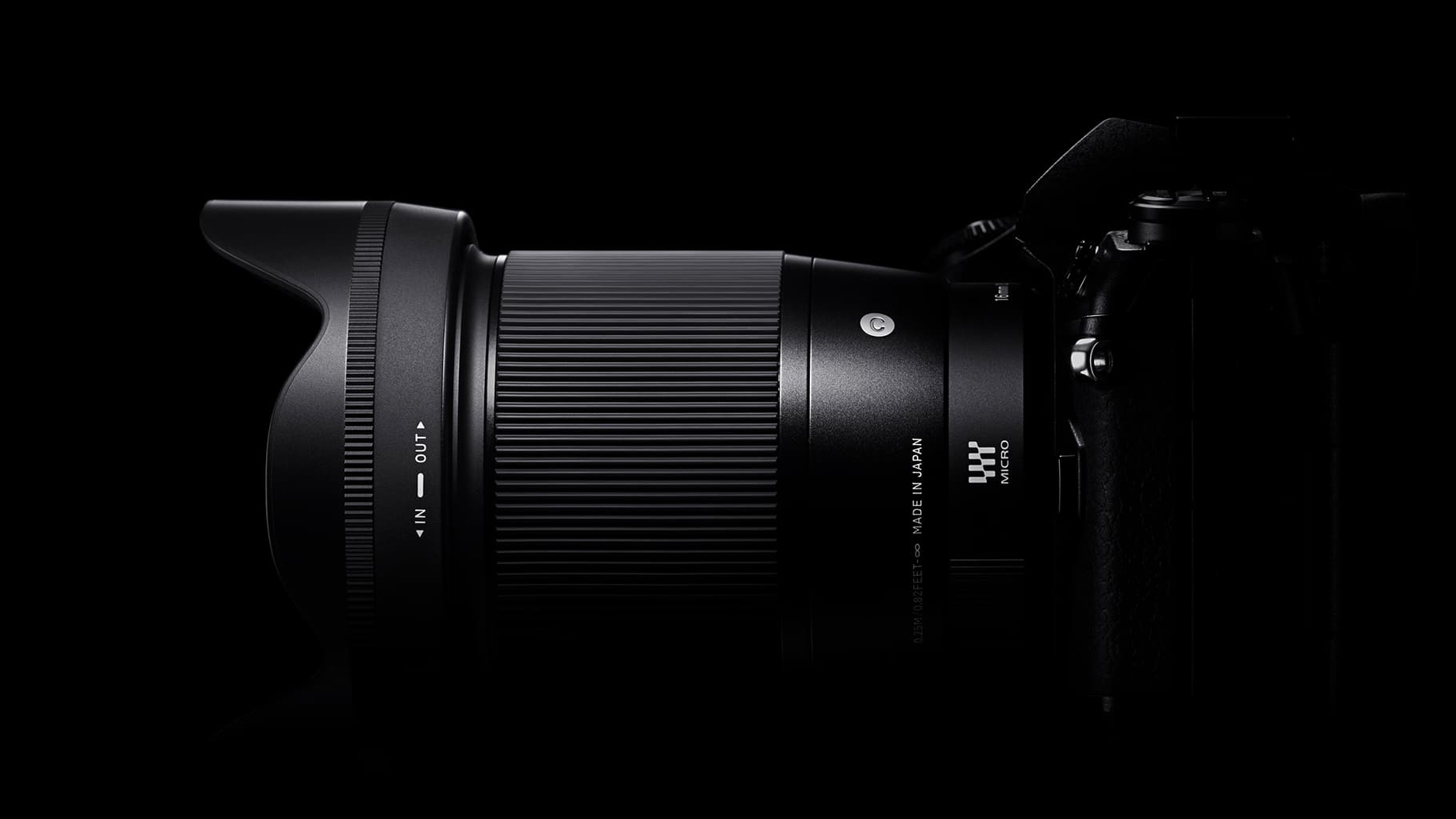Shots fired! Sigma stops developing Micro Four Thirds lenses; APS-C "also in decline"
Demand for Micro Four Thirds lenses is "decreasing very strongly" and APS-C "is also in decline" says Sigma

Sigma has officially stopped developing lenses for the Micro Four Thirds format – and also points out that the APS-C market is also diminishing.
The word comes straight from the horse's mouth – the horse, in this case, being Kazuto Yamaki, CEO of Sigma. So what does this mean for the best Olympus cameras and the best Panasonic cameras built around super compact sensors and Micro Four Thirds lenses?
• The best Micro Four Thirds cameras still have plenty to offer – and plenty of lenses, too!
Well, on the surface, it doesn't mean anything good. Manufacturers don't stop releasing new lenses for camera systems unless they believe that the mount is a dead end commercially.
However, it is worth considering that the Micro Four Thirds format has been around for 15 years. And, as an open mount (which means that anyone can make lenses for it, unlike other mounts where licenses must be sought from Canon, Nikon and co), it is arguably the best-populated and most diverse lens ecosystem on the market.
Which means, in short, that virtually every lens that can be developed for it has been developed for it. There isn't really a lot of room for Sigma to create a new lens that doesn't already exist.

So the situation is somewhat different to 2019, when Sigma stopped making K-mount lenses – here it is only ceasing the development of new glass, rather than ceasing production of it. Sigma is still producing the Micro Four Thirds lenses in its range:
Get the Digital Camera World Newsletter
The best camera deals, reviews, product advice, and unmissable photography news, direct to your inbox!
"We still have several references that we will keep in our catalog," Yamaki told French outlet, Photo Trend (machine translated). "However, we do not plan to design new Micro Four Thirds optics at this time. Perhaps because of this, the demand for this format [at Sigma] is decreasing very strongly, and it is therefore quite difficult for us to develop completely new optics for this ecosystem.
"But I think the Micro Four Thirds has many advantages, especially its compactness. Personally, I really like this system. But currently, the trend is clearly in favor of full frame, alongside APS-C (which is also in decline, by the way)."
It is interesting that Yamaki also made a point to note that the APS-C sector is also in decline – particularly with his company having just released Sigma's first-ever Nikon Z lenses, all of which are APS-C. The company also, of course, produces countless APS-C lenses for the likes of Sony, Fujifilm and its own L-mount.
So, are cropped-sensor cameras an endangered species? Probably not. Though when even OM System and Panasonic aren't exactly flooding the market with new lenses, it's fair to say that the Micro Four Thirds system has probably grown as much as it's going to. Which is actually a good thing – as it means that whatever lens you want, it's probably already available!
If you enjoyed this article, you might be interested to read about the camera systems make by Sigma itself, the Sigma fp and Sigma fp L – both of which employ the L Mount, in which Sigma is a primary partner, so you can be sure that the best-L Mount lenses won't be in short supply from the manufacturer!

James has 22 years experience as a journalist, serving as editor of Digital Camera World for 6 of them. He started working in the photography industry in 2014, product testing and shooting ad campaigns for Olympus, as well as clients like Aston Martin Racing, Elinchrom and L'Oréal. An Olympus / OM System, Canon and Hasselblad shooter, he has a wealth of knowledge on cameras of all makes – and he loves instant cameras, too.
